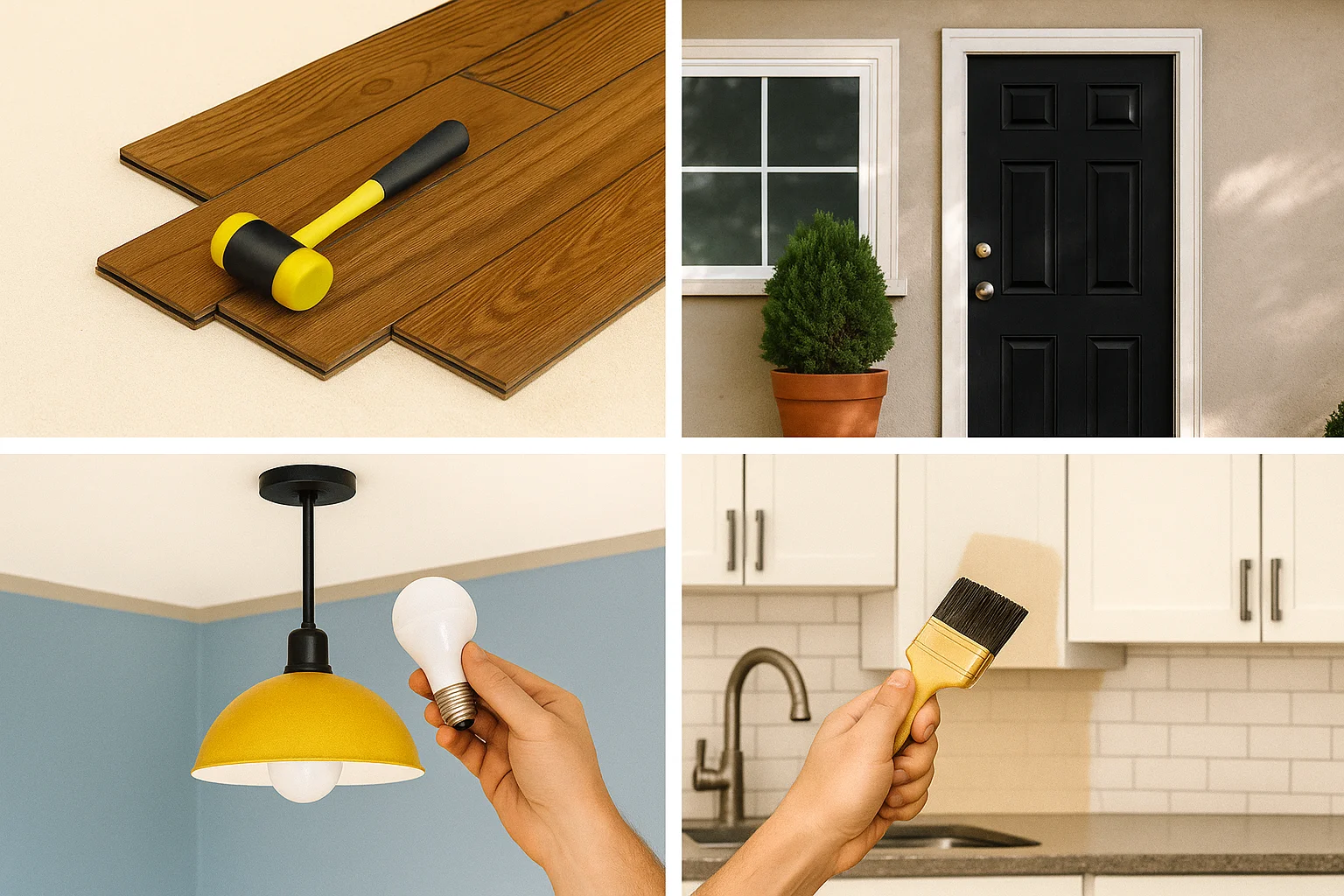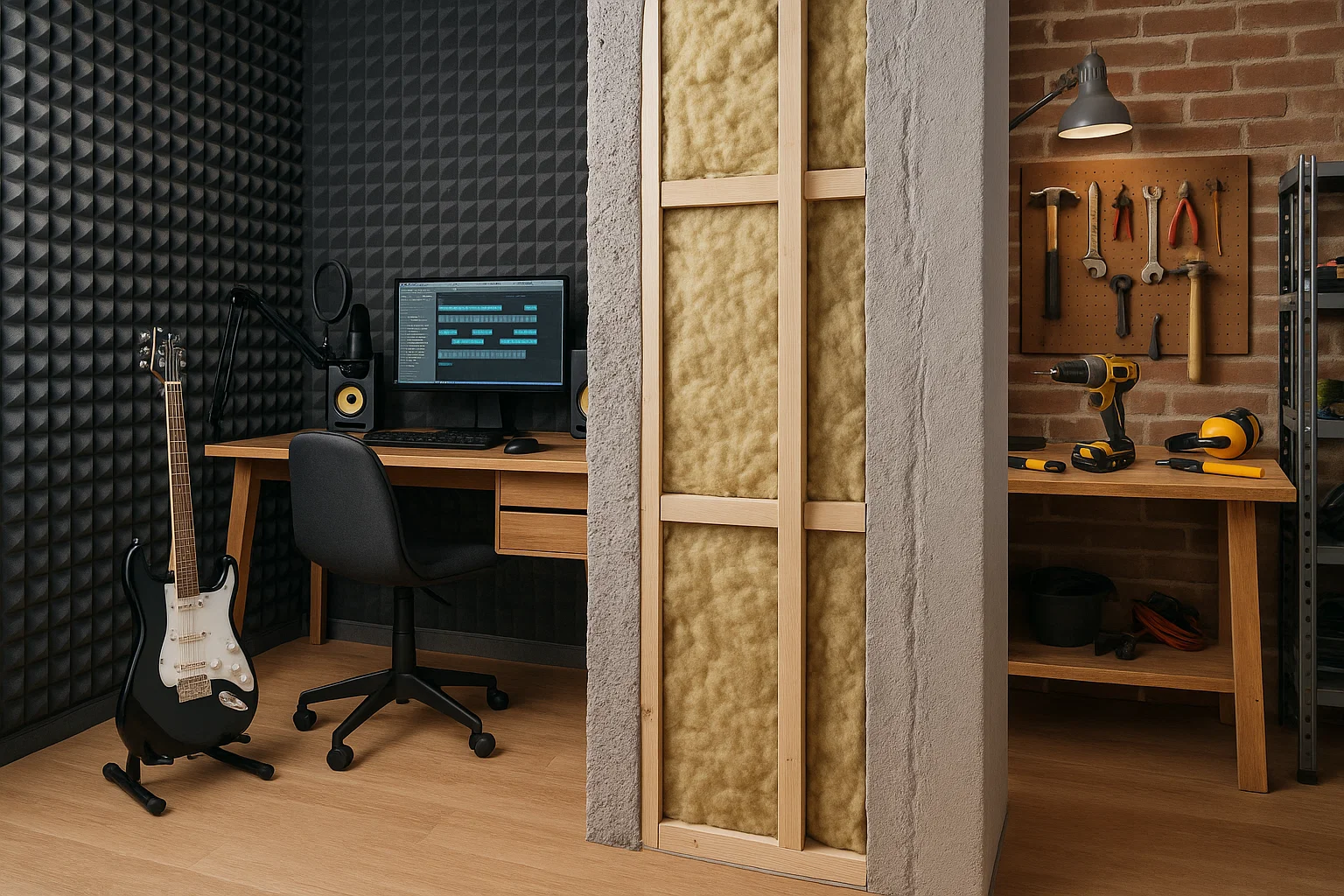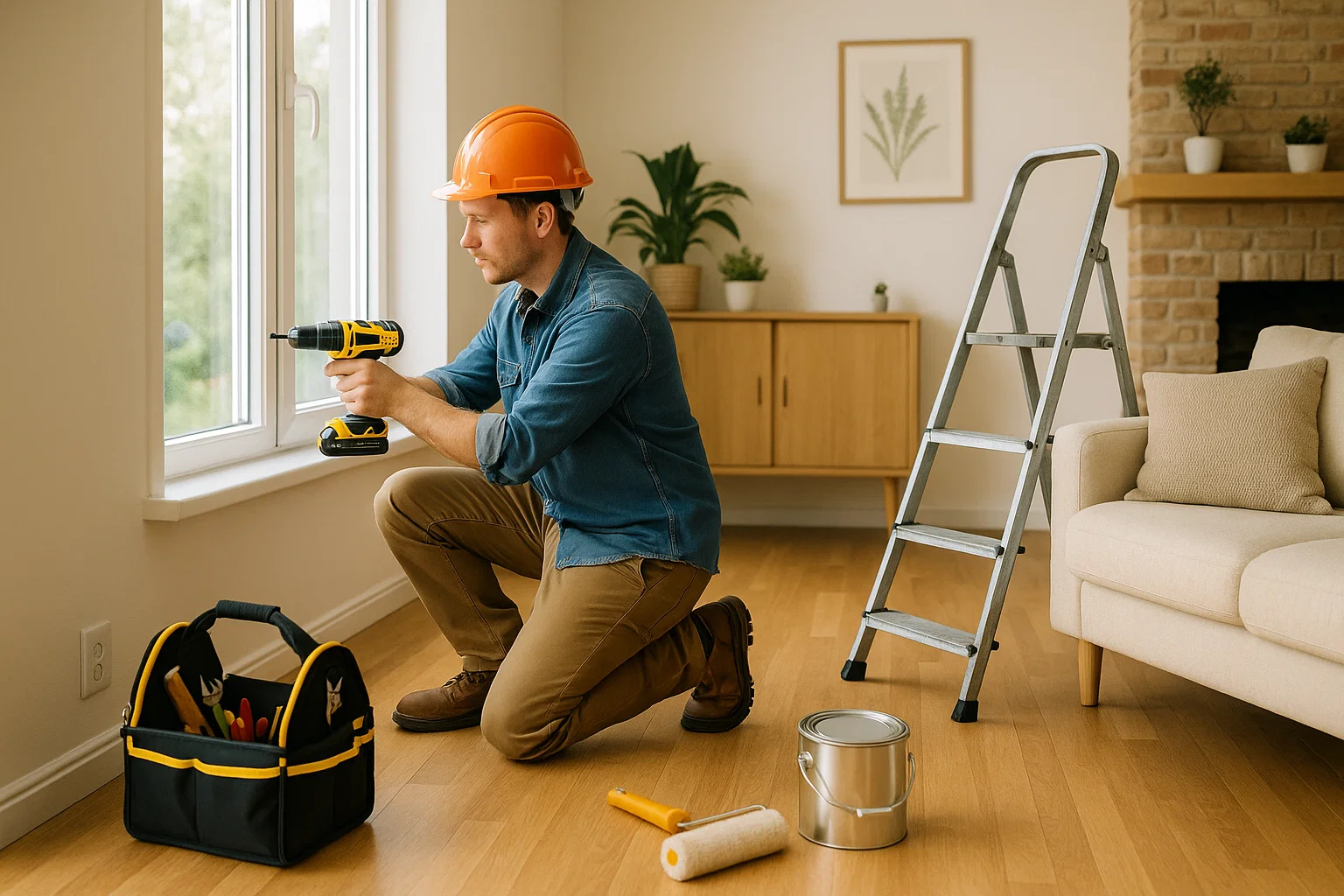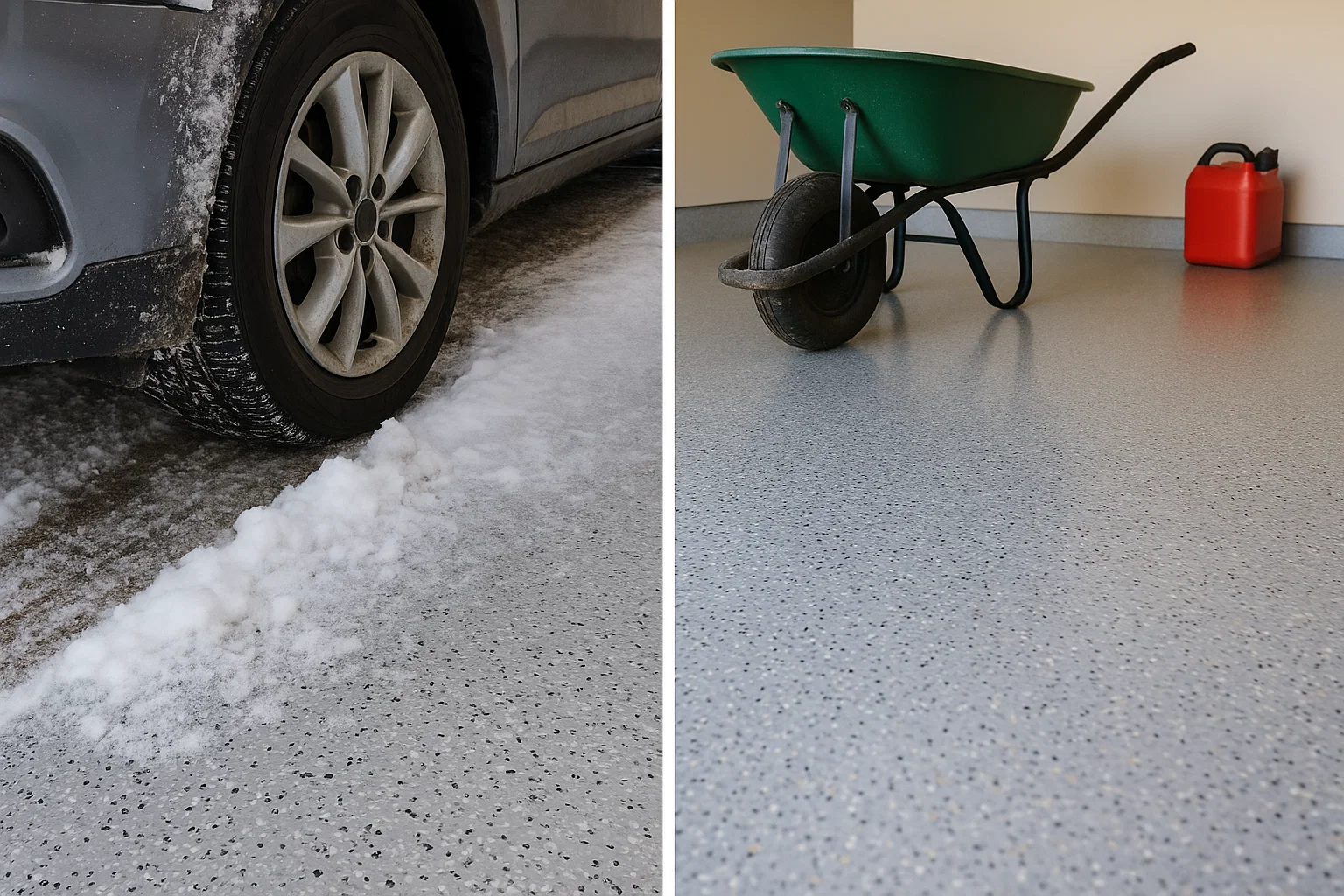For many families, the quest for a healthier living environment starts with the air we breathe and what we walk on. Flooring can trap dust, pet dander, pollen, and even mold spores, turning your home into an allergy minefield. But choosing the right hypoallergenic flooring can dramatically reduce irritants, ease breathing, and help you enjoy a truly clean space. In this article, we’ll explore the best low‑allergy flooring options, proper installation and sealing techniques, and smart maintenance routines to keep allergens at bay.
Why Hypoallergenic Flooring Matters
Allergens often settle into the fibers of carpets and cling to porous surfaces. Each time you step or vacuum, you can stir up particles that aggravate asthma, eczema, and seasonal allergies. Hard, non‑porous floors don’t harbor these irritants the same way, making it easier to remove them altogether.
Moreover, damp conditions encourage mold and mildew growth beneath poorly sealed flooring, releasing invisible spores into the air. Hypoallergenic solutions focus on materials and methods that resist moisture and prevent microbial buildup—keeping your home healthier, drier, and more comfortable year‑round.
Finally, hypoallergenic flooring isn’t just for allergy sufferers. Families with young children, elderly residents, or pets also benefit from cleaner floors that don’t trap odors or biological contaminants. Investing in the right materials today pays off in better indoor air quality, fewer flare‑ups, and peace of mind for everyone under your roof.
Top Hypoallergenic Flooring Materials
Tile and Stone
Ceramic, porcelain, and natural stone tiles stand out for their complete impermeability. Spills bead on the surface instead of soaking in, and tile’s smooth finish gives dust no place to hide. Grout lines can collect dirt, but choosing a fine‑grained, epoxy‑based grout and sealing it properly prevents moisture and pollen from settling in the cracks.
Tiles come in endless styles—wood‑look, marble‑look, slate, you name it—so you don’t sacrifice style for health. In bathrooms and kitchens, heated tile floors add comfort while minimizing humidity that fuels mold. Though tile installation can be labor‑intensive, many homeowners find the long‑term air‑quality benefits well worth the effort.
Luxury Vinyl Plank (LVP)
Vinyl plank flooring has evolved far beyond its early days. Today’s LVP options are waterproof, scratch‑resistant, and come from manufacturers using PVC composites with low‑VOC adhesives. The result? A floor that looks like hardwood or stone, repels moisture, and simplifies cleaning—all while limiting the chemical off‑gassing that aggravates respiratory issues.
Because LVP boards click together, they float above the subfloor, creating a consistent seal. Any gaps can be filled with a hypoallergenic sealant to prevent allergens from sneaking underneath. Many homeowners appreciate LVP’s softness underfoot and its resistance to tears from pet claws—another plus for indoor air quality.
Sealed Hardwood
Natural hardwood is breathable and can last generations, but its grain and plank seams can trap dust. The solution is a high‑quality finish and edge sealing. After installation, a durable polyurethane or aluminum oxide finish creates a smooth, impermeable surface that dust and dander cannot penetrate.
Maintenance is simple: regular sweeping or microfiber mopping removes surface particles, and periodic re‑coating restores the barrier against allergens. Sealed hardwood also adds value and warmth to living spaces without compromising air quality.
Low‑Pile, Washable Carpet Tiles
While broadloom carpet is a no‑go for allergy sufferers, modern carpet tiles offer a different story. Choose low‑pile, nylon‑based tiles with antimicrobial backing. If a tile becomes overly soiled, you can lift it, wash it in cold water, and reinstall—no traces of dust or pollen remain.
Carpet tiles provide a softer walking surface, reduce noise, and add warmth—important in bedrooms or playrooms. Their modular nature lets you replace only the damaged section, reducing waste and ensuring that contaminants don’t linger in forgotten corners.
Proper Installation & Sealing Techniques
Installing hypoallergenic flooring correctly is as crucial as selecting the right material. Subfloor moisture, air gaps, and loose seams all invite allergens to settle in hidden areas.
First, inspect and repair your subfloor. Address cracks, holes, or uneven spots before laying new flooring. For tile and stone, a thinset mortar and backer board create a stable, moisture‑resistant base. For vinyl and hardwood, use a vapor barrier underlayment to block moisture migration from concrete slabs.
Next, pay attention to edge sealing. Use a non‑off‑gassing, hypoallergenic caulk around room perimeters, door thresholds, and any transitions to other flooring types. Properly sealed joints prevent dust and pollen from slipping underneath and re‑entering your living space over time.
Finally, consider professional installation. Licensed flooring contractors understand the subtle gaps and air‑leaks that DIY projects can miss. Their expertise guarantees a tight, continuous surface that keeps your indoor air pure.
Maintenance and Cleaning Strategies
Even the best hypoallergenic flooring requires regular care to stay effective:
- Daily Dust Control: Sweep or vacuum with a HEPA‑filter vacuum to capture the smallest particles. Avoid beater bars that churn up dust.
- Weekly Damp Mopping: Use a microfiber mop and a pH‑neutral cleaner. Harsh detergents leave residues that attract more dust.
- Professional Deep Cleans: Consider annual professional tile grout cleaning or waxing of hardwood floors to renew seals and flush out hidden allergens.
- Monitor Humidity: Keep indoor humidity between 30–50%. Use a dehumidifier or exhaust fans in damp areas like basements or bathrooms to prevent mold growth.
- Replace Filters: Regularly change HVAC and air‑purifier filters to stop recycled allergens from circulating.
With these habits, your floors remain a barrier against irritants rather than a breeding ground for them.
Feeling overwhelmed by all the choices? Let our experienced team at Top Tier Building Services guide you. We offer in‑home consultations to measure your space, assess moisture levels, and recommend the perfect hypoallergenic flooring. Schedule your free consultation today!
FAQs
Q1: Are all vinyl floors hypoallergenic?
A1: Only luxury vinyl floors with low‑VOC adhesives and proper sealing qualify. Always verify manufacturer VOC ratings.
Q2: How long does tile grout sealing last?
A2: High‑quality grout sealants typically last 1–3 years, depending on traffic and cleaning methods.
Q3: Can I install sealed hardwood over concrete?
A3: Yes—with a moisture barrier underlayment. Engineered hardwood is best suited for concrete slabs.
Q4: Are carpet tiles suitable for basements?
A4: Only if the subfloor is dry and you use moisture‑resistant backing. Otherwise, stick to waterproof options.
Q5: How do I know if my subfloor needs repair?
A5: Uneven spots, cracks, or moisture stains are red flags. A professional inspection identifies and solves subfloor issues before flooring installation.
Conclusion
Hypoallergenic flooring is a powerful first step toward improving indoor air quality and protecting your family’s health. From impervious tiles and luxury vinyl to sealed hardwood and washable carpet tiles, modern materials combine style with science to keep allergens at bay. Proper installation, diligent sealing, and regular maintenance complete the picture, ensuring your home remains a safe haven—free of dust, dander, and mold.
Choosing the right flooring may feel like a big decision, but the long‑term benefits—clearer air, easier cleaning, and lasting beauty—are well worth it. Transform your home today and breathe easier tomorrow.
Ready for a healthier floor solution?
Contact Top Tier Building Services for expert hypoallergenic flooring installations in Castro Valley and the Bay Area.
📞 510‑566‑4906 │ ✉️ sales@toptierbuildingservices.com





